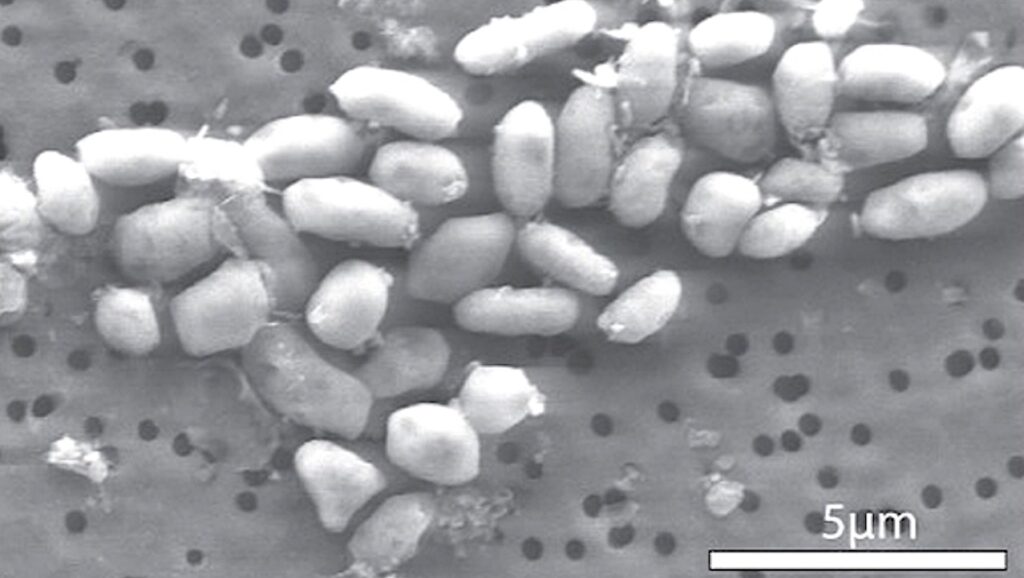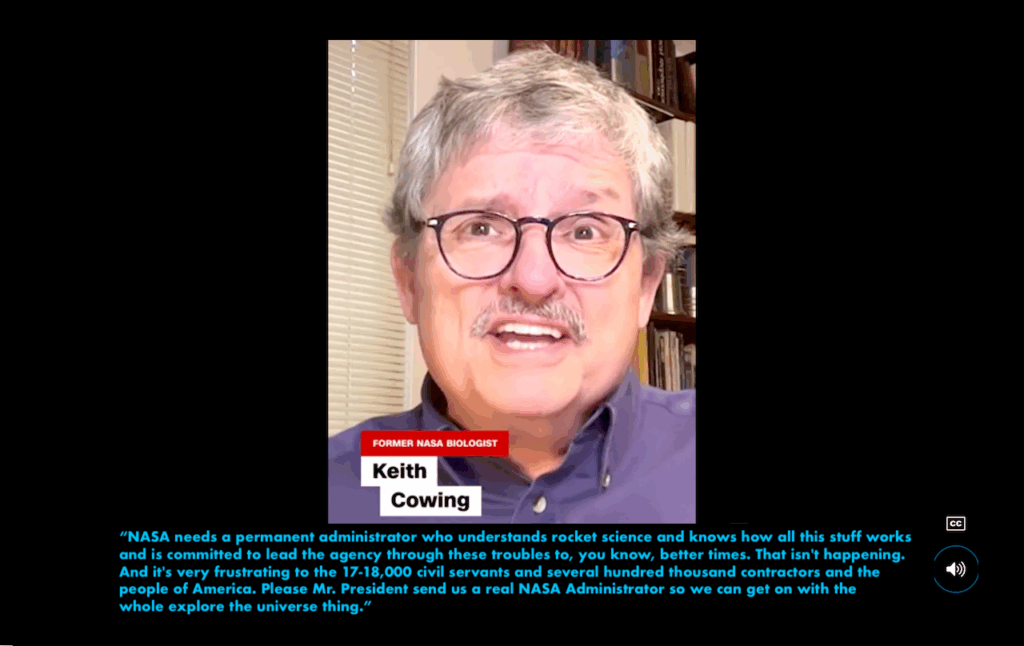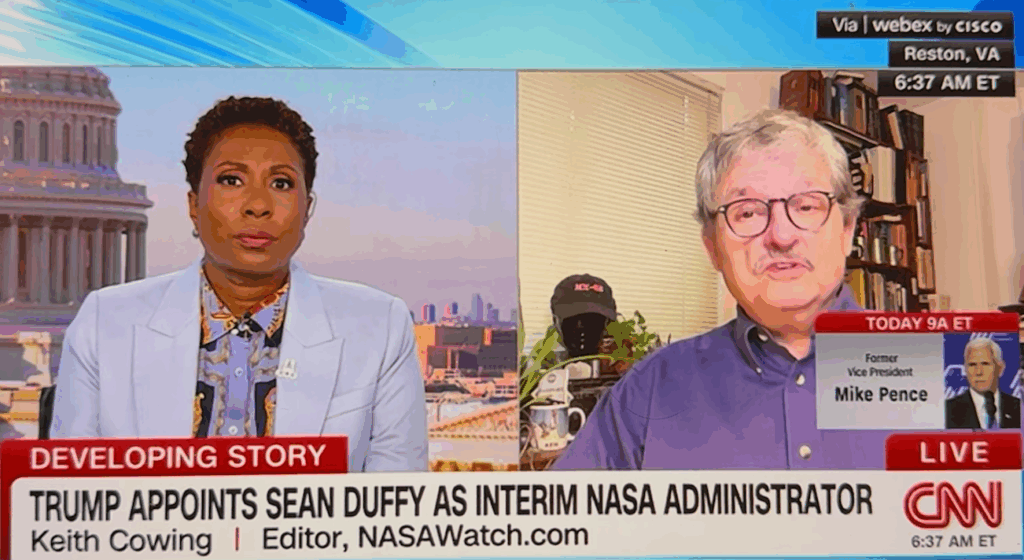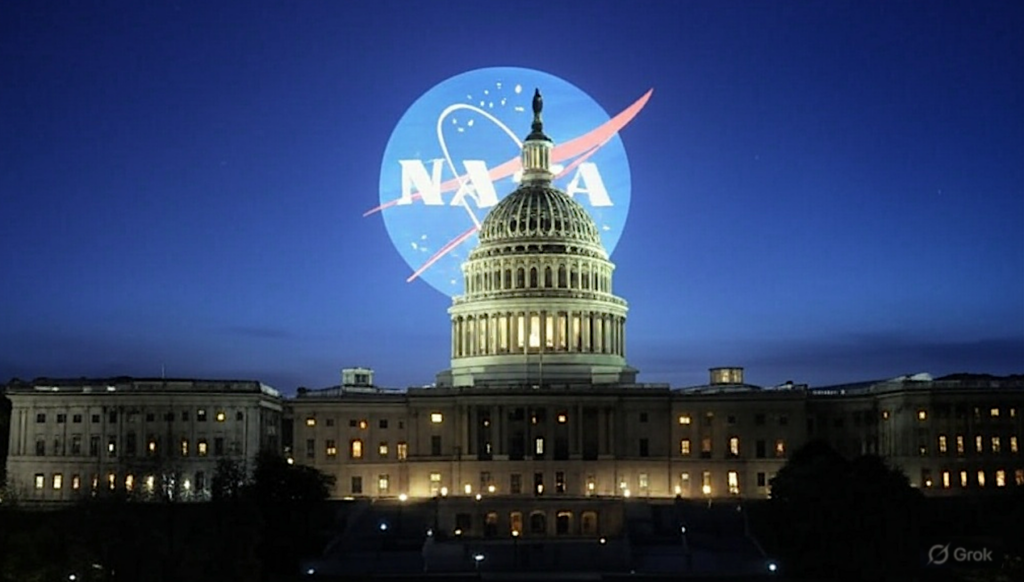Alternative Facts at NASA: Juno's Engine Problems Allow Bonus Science

Juno Mission to Remain in Current Orbit at Jupiter
“The orbital period does not affect the quality of the science collected by Juno on each flyby, since the altitude over Jupiter will be the same at the time of closest approach. In fact, the longer orbit provides new opportunities that allow further exploration of the far reaches of space dominated by Jupiter’s magnetic field, increasing the value of Juno’s research. … The original Juno flight plan envisioned the spacecraft looping around Jupiter twice in 53-day orbits, then reducing its orbital period to 14 days for the remainder of the mission. However, two helium check valves that are part of the plumbing for the spacecraft’s main engine did not operate as expected when the propulsion system was pressurized in October. Telemetry from the spacecraft indicated that it took several minutes for the valves to open, while it took only a few seconds during past main engine firings. … Juno’s larger 53-day orbit allows for “bonus science” that wasn’t part of the original mission design.”
 Keith’s note: So NASA’s Juno spacecraft has engine problems that prevent it from accomplishing its planned i.e. optimal science mission. But that’s OK since NASA says that none of the science is affected by the engine problems. Indeed, they say that the science is better – and they get “Bonus science” too! Bonus science is good, yes? But wait: if Juno’s science is not affected by engine failures – indeed its now better without the engine firings – then why did they plan the engine firings and orbit changes in the first place?
Keith’s note: So NASA’s Juno spacecraft has engine problems that prevent it from accomplishing its planned i.e. optimal science mission. But that’s OK since NASA says that none of the science is affected by the engine problems. Indeed, they say that the science is better – and they get “Bonus science” too! Bonus science is good, yes? But wait: if Juno’s science is not affected by engine failures – indeed its now better without the engine firings – then why did they plan the engine firings and orbit changes in the first place?
And all of these extra longer orbits will require 3-4 years to complete to get all that bonus science goodness. Oh yes: the spacecraft was not designed to operate that long – and it is going to cost another $100 million or so to operate the spacecraft during this time – not something NASA has in its budget. When you read these feel good releases that try and make technical failures look like good news just remember that NASA = Never A Straight Answer









I think they can say the science is a bit better on the 53-day orbits, rather than the planned 14-day (which, originally, was actually 11-day) orbits. I’m not sure if I agree; the bonus is observing the magnetosphere around apoapsis. To my mind, the coverage is definitely different, but not obviously better.
In any case, what they do not mention, and what is not better, is the cost. The original 11-day orbits were selected to do all of the required 33 orbits in one year. That was to keep operating costs down and stay within the cost cap. Going to 14-day was a compromise (it involved recovery from safings before the next periapsis and the timing of important activities), but didn’t blow the budget too badly. Staying at the current 53-day orbit is a real money issue.
To do the planned 33 orbits will take five, not one, year of operations and all the salaries, DSN usage, overhead, etc. that implies. According to the press release, they are approved for just two years (until July, 2018) and 12 orbits. After that, it’s an extended mission pending approval through the usual senior review process. I’d have to go back and check, but I think 12 orbits was close to the original proposal’s performance floor.
The point is, doing it in 14-day orbits, you get the science faster — so, cheaper, since the mission has a shorter total duration.
In doing it in 53-day orbits, you get the science slower — so more expensive, but you get to do a bit more of it.
Those are not “alternative facts,” those are cost-benefit relationships.
Remember the nominal mission for Juno should end in February 2018. Now, doing it three times slower, to get the same stuff you should go through to 2020. This is extra money for the science team, for the engineering team, for DSN operations, so on and so forth.
Juno was a New Frontiers (middle class) mission. Now it got more expensive, and it is almost a requirement that it finds news ways to get more science to justify its new cost. It will be up to NASA to follow through with this or cut it short of accomplishing its main goals.
It is a cost-benefit analysis, but it was done in 2004 and reviewed many times in the following decade. The result was the plan for an 11 or 14 day orbital period. A longer period was found to cost more than the additional science justified. Now that an engineering problem has pushed them into a 53 day period, they are trying to avoid mention of the extra cost and make it look good by pointing out the extra science. Personally, as someone who works on exactly the sort of science in question, I don’t see any obvious improvements over the planned orbit, possibly a loss (related to the HV801 mess.) Worse, the prime mission is now down to 12 orbits, which is a massive hit to the mission’s core science goals. They are counting on an extended mission to accomplish prime mission goals.
Yes, but this is an exploration mission. [Deleted] happens. They have to do their best with what they have. The valves have failed. This is not optional.
I don’t think anyone is criticizing the decision. The objection is to the spin and claim that, despite the problem, everything is just fine. Maybe even better due to “bouns” science. That is not true. Saying it is simply damages NASA’s credibility and/or insults our intelligence.
Details on the valve issue are a little sketchy- unlike the weekly Cassini reports available to anybody by email (and much appreciated), Juno doesn’t go into much of a description about the health of the spacecraft.
I think the Cassini weekly status reports are relatively uncommon. I don’t think many (any?) other missions put out weekly reports that go into that much detail.
The point is that a 12-orbit primary mission does NOT have the same science return as a 33-orbit primary mission. The presumed assumption here is that Juno will continue operation for the same number of orbits, just in a longer timeframe. That is comparing apples-to-oranges. If you want to compare a 33-orbit combined primary + secondary mission to the planned 33-orbit primary mission, then you need to consider all the *extra* science that could have been done in the extended mission after the originally planned 33 short orbits.
One correction: Now that I check, the original plan was for 37 orbits. I think that was two 53.4 day orbits, 33 “science” orbits, a spare orbit (so a safing on one science orbit wouldn’t make them fall short) and the deorbit orbit.
In any case, the apples-to-apples comparison is a little more complicated. Juno’s lifetime is limited by radiation dose, and almost all of that dose comes during the periapsides. The later orbits contribute much more than the early ones, due to precession of the orbit into higher radiation regions. The original plan called for _no_ extended mission and the probably couldn’t survive for more than a few (under ten) extra orbits.
That means we should probably be comparing the new prime plus extended mission with the old mission (prime only since no extension was possible) and whatever else NASA could have done with the extended mission funds.
If you end up with a basket full of lemons, instead of the cherries you’d planned on, it make sense to promote lemonade and forgo the cherry pies.
You might also have the basic honesty to admit you promised cherry pie and appologize for delivering lemonade instead. Juno is doing better than that in fact. The results and cost aren’t wildly different from what they promised. But they do seem to be in a massive spin-control and “alternative facts” mode when it comes to the press release. Play down the problems and the bad side of things, and tell everyone how things are great and maybe better than planned. I wish people would put telling the truth ahead of making themselves look good.
Wait, has anyone else noticed that every-time we send a spacecraft to orbit Jupiter it always runs into crippling problems jeopardizing the primary mission?
“All these worlds are yours, except..”
All two of them?
Yes, two of them..so far.
It must be noted that these are MULTI BILLION DOLLAR missions that just happen to end up orbiting Jupiter in a vastly reduced capacity.
I’ll say this: one is an accident, two is a coincidence, three could be a warning.
I’m not sure I’d call Juno’s problem, “crippling”. The goals are connected to the observations at periapsis, and those observations are essentially the same in a 53 versus a 14 day orbit. It’ll just take longer and cost more to make the planed number of periapsis passes. Compared to Galileo, that’s more like a sprained ankle, not a crippling injury.
Ok, how much more will it cost to perform the originally planned 33 orbits? It’s possible the mission is cut down by 60% or more.
It will take four extra years on the 53 day orbit. I haven’t seen any details of their planning, extended mission budget. But planetary missions of similar complexity (or, in this case, lack of operational complexity) run something like $25 million per year. That’s with a reduced science team, and Juno might not want that. At the end of the new, 12 orbit prime mission, they will only be at their minimum mission level. They will probably want a fully-funded science team in the extended mission. So I make the total cost above $100 million, maybe $150 million. Of course, given the way this has worked out, NASA retains the option of saying no and ending the mission after 12 orbits.
The good news is extended missions for probes around other planets are usually(always?) approved.